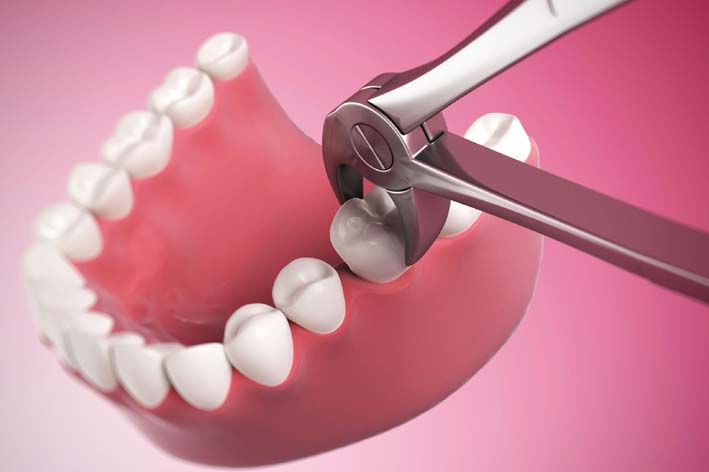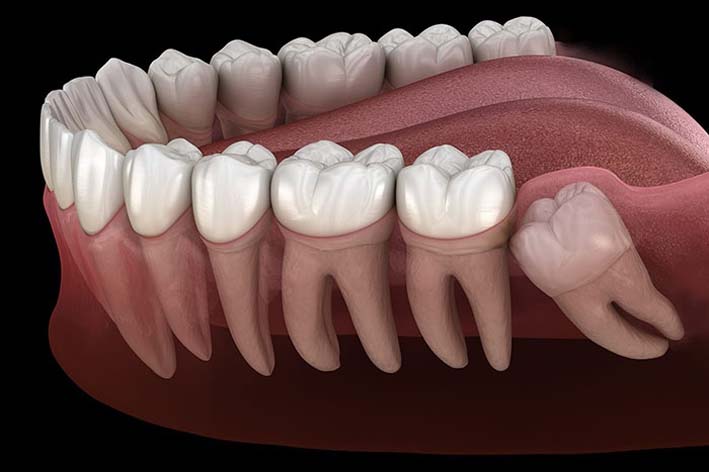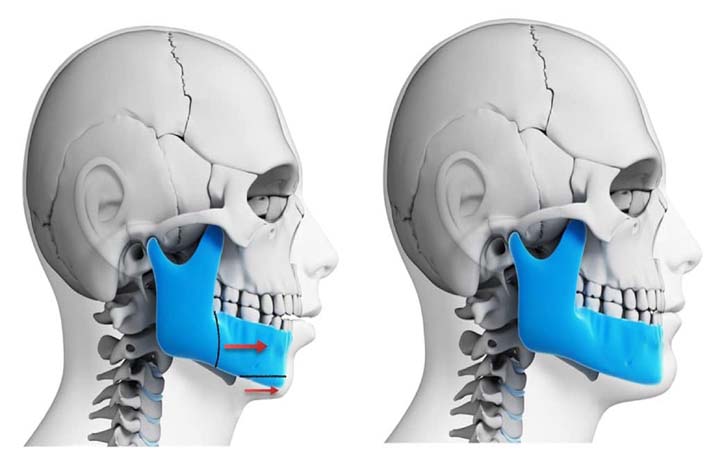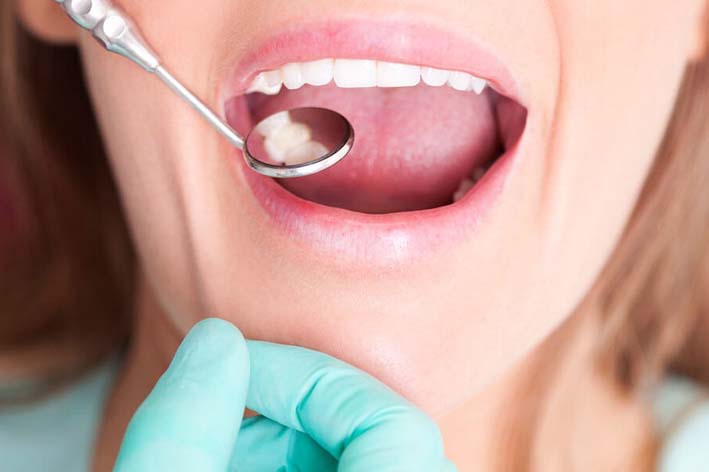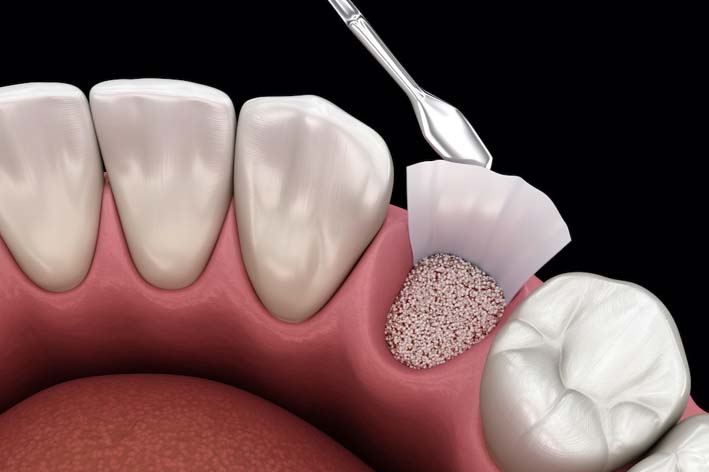Oral surgery encompasses a range of treatments that address complex dental issues like the impacted wisdom teeth, jaw misalignment, and oral pathology. Each procedure serves a unique purpose in restoring oral health and function.
Let’s explore seven primary oral surgery types and their benefits.
Tooth Extraction
If a tooth is severely damaged or decayed, a tooth extraction may be necessary. The dentist will numb the area and gently remove the tooth from its socket using special tools. You might feel some pressure, but it shouldn’t be painful. Afterwards, follow your dentist’s instructions for a smooth recovery.
Dental Implants
Dental implants are like anchors for replacement teeth. First, a small titanium post is placed into your jawbone to act as a root. Eventually, the bone and the implant merge, forming a solid base. Then, a custom-made artificial tooth is attached. Implants look and feel natural, giving you a confident smile.
Wisdom Teeth Removal
Wisdom teeth often don’t have enough room to come in properly, causing pain or infections. During removal, the dentist will numb the area and gently extract the wisdom teeth. Recovery time is different for each person, but usually you’ll start feeling better in a few days.
Root Canal Therapy
When a tooth’s pulp (core tissue) gets infected or inflamed, a root canal can save the tooth.
The dentist removes the infected pulp, cleans the inside of the tooth, and seals it to prevent further issues. This treatment provides pain relief while enabling you to retain your original tooth.
Corrective Jaw Surgery
Corrective jaw surgery is for fixing jaw misalignments that affect your bite or facial appearance. The surgeon carefully adjusts the jawbone to improve function and symmetry. Recovery may take time, but the results can be life-changing.
Oral Biopsies
Suppose there’s a suspicious growth or lesion in your mouth, an oral biopsy may be needed. The dentist removes a small tissue sample for testing. This helps diagnose conditions like oral cancer or other abnormalities early for prompt treatment.
Bone Grafting
Bone grafting is done to restore lost bone in the jaw, often before getting dental implants. The surgeon adds bone tissue to the area to strengthen it. This provides a stable base for implants and promotes successful integration.
If you want more information about the different types of oral surgery to make informed decisions, it is best to book a consultation with a dentist or dental surgeon. They can examine your smile, answer questions, and talk to you about your candidacy for certain procedures.
Preparing for Oral Surgery: Helpful Tips
Getting ready for oral surgery? Let me provide you with some valuable advice on how to prepare:
- Discuss Expectations. Talk to your dentist about what will happen during and after the procedure.
- Follow Preoperative Instructions. Follow your dental team’s fasting and medication guidelines.
- Arrange Transportation. Plan a ride home after surgery, especially if you have anesthesia.
- Plan for Recovery. Get soft foods, ice packs, and any prescribed medications ready for comfort.
- Consider Time Off Work. You may need time off to recover depending on the type of surgery.
- Follow Postoperative Care. Stick to the instructions your dentist gives you to help heal and avoid problems.
- Stay Hydrated. Drink plenty of water after surgery, but don’t use straws to prevent issues.
Prepare well and work closely with your dentist or oral surgeon in Saskatoon for a smooth experience!
Experience the Difference at Hampton Village Dentistry
At Hampton Village Dentistry, we believe in empowering patients with knowledge about their smiles, oral hygiene, and general well-being. Whether you need a tooth extraction, dental implants, or corrective jaw surgery, our experienced dentist in Saskatoon is here to guide you through every step.
Trust us to provide personalized care for a healthier smile and improved quality of life. Schedule your appointment with a member of our team today!

